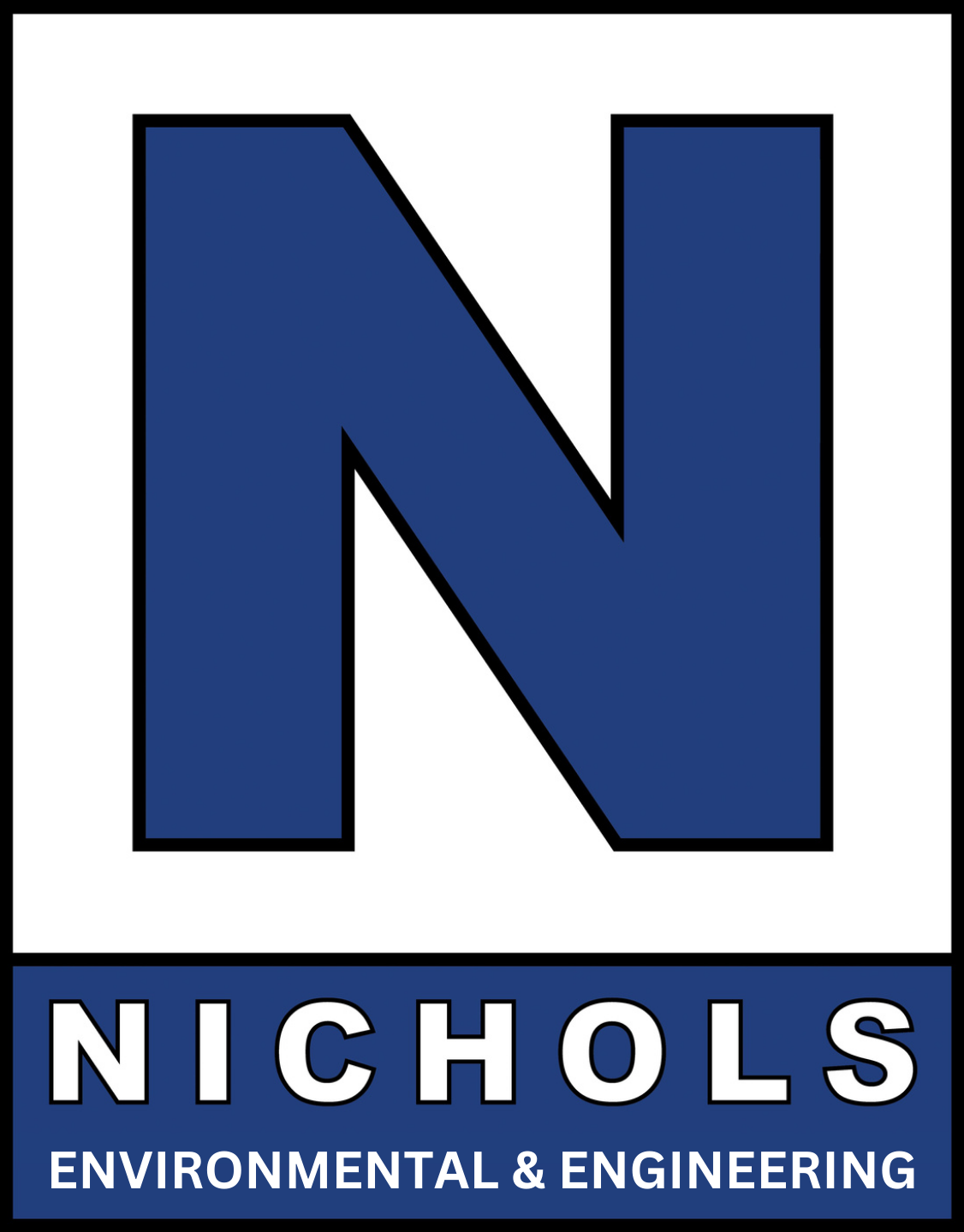Phase I & Phase II Environmental Site Assessments
in Calgary, Edmonton, British Columbia, and Saskatoon
Site assessments identify existing and potential site contamination through the evaluation and reporting of existing information collected through a records review, site inspection, and interview. The varying degrees of this assessment are determined in two phases.
WITH OFFICES IN EDMONTON, CALGARY, AND SASKATOON, WE ARE HERE TO PROVIDE EXPERT ENVIRONMENTAL CONSULTING SERVICES TAILORED TO YOUR NEEDS.
Leveraging our staff’s extensive experience, we can conduct risk management assessments to help evaluate and predict the severity of existing or potential future impacts on site. Every assessment involves identifying every contaminate on site, its location, and the extent of the contamination.
We will also provide an estimate of the size and likelihood of the potential risks and hazards, and an evaluation of the effectiveness of measures proposed to manage the contamination. Contact us today for a detailed quote.

Phase I ESAs identify any potential liabilities and may be a basis for further investigation and is the base step for remediation (Canadian Standards Association Z768, Phase I Environmental Site Assessment).

Phase II ESAs involve a more thorough investigation following CSA Z769 standard (or other applicable provincial standards).
Our team will collect samples of soil and/or groundwater to analyze for various contaminants, the most frequent being petroleum hydrocarbons, heavy metals, pesticides, and solvents.
Physical & Contaminant Hydrology/Hydrogeology
Using science-based techniques our team of hydrogeologists, geotechnical, civil, and environmental engineers will analyze the occurrence, distribution, and movement of contaminants in water both on and below the earth’s surface.
- Identification and prediction of subsequent impact from contaminant(s)
- Analysis and modeling of contaminant fate and transport through the zones
- Utilizing advanced numerical and analytical computer models for plume delineation
- Transport and plume delineation for Non-Aqueous Liquids (LNAPLS and DNAPLS)
- Water quality monitoring and contaminant source zone delineation
- Analysis of seepage through dams and other embankment structures utilizing advanced numerical models (Sigma/Slope/ and Seep/W)

Site Remediation and Reclamation
Using in situ remedial technology to reduce the concentration of contaminants in vadose (unsaturated) soil zones, groundwater, and soil mass by using varying methods (depending on the saturation and contaminants).
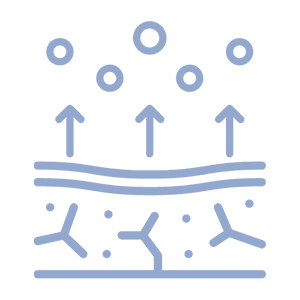
Applying a vacuum to the vadose (unsaturated) soil zone impacted by the contaminates. This technology allows for the control of airflow to remove the volatile compounds from the soil and will often promote in situ biological degradation of less-volatile compounds or residuals.
Using vertical or horizontal wells above the water table, a vacuum can be applied to the well to pull the vapours out of the ground. Location-dependent, the exhaust air may require treatment to eliminate harm to the public or the environment. This method could potentially take years, based on varying factors.

Applying a vacuum to the vadose (unsaturated) soil zone impacted by the contaminates. This technology allows for the control of airflow to remove the volatile compounds from the soil and will often promote in situ biological degradation of less-volatile compounds or residuals.
Using vertical or horizontal wells above the water table, a vacuum can be applied to the well to pull the vapours out of the ground. Location-dependent, the exhaust air may require treatment to eliminate harm to the public or the environment. This method could potentially take years, based on varying factors.

Applying a vacuum to the vadose (unsaturated) soil zone impacted by the contaminates. This technology allows for the control of airflow to remove the volatile compounds from the soil and will often promote in situ biological degradation of less-volatile compounds or residuals.
Using vertical or horizontal wells above the water table, a vacuum can be applied to the well to pull the vapours out of the ground. Location-dependent, the exhaust air may require treatment to eliminate harm to the public or the environment. This method could potentially take years, based on varying factors.

Applying a vacuum to the vadose (unsaturated) soil zone impacted by the contaminates. This technology allows for the control of airflow to remove the volatile compounds from the soil and will often promote in situ biological degradation of less-volatile compounds or residuals.
Using vertical or horizontal wells above the water table, a vacuum can be applied to the well to pull the vapours out of the ground. Location-dependent, the exhaust air may require treatment to eliminate harm to the public or the environment. This method could potentially take years, based on varying factors.

Applying a vacuum to the vadose (unsaturated) soil zone impacted by the contaminates. This technology allows for the control of airflow to remove the volatile compounds from the soil and will often promote in situ biological degradation of less-volatile compounds or residuals.
Using vertical or horizontal wells above the water table, a vacuum can be applied to the well to pull the vapours out of the ground. Location-dependent, the exhaust air may require treatment to eliminate harm to the public or the environment. This method could potentially take years, based on varying factors.

Applying a vacuum to the vadose (unsaturated) soil zone impacted by the contaminates. This technology allows for the control of airflow to remove the volatile compounds from the soil and will often promote in situ biological degradation of less-volatile compounds or residuals.
Using vertical or horizontal wells above the water table, a vacuum can be applied to the well to pull the vapours out of the ground. Location-dependent, the exhaust air may require treatment to eliminate harm to the public or the environment. This method could potentially take years, based on varying factors.

Applying a vacuum to the vadose (unsaturated) soil zone impacted by the contaminates. This technology allows for the control of airflow to remove the volatile compounds from the soil and will often promote in situ biological degradation of less-volatile compounds or residuals.
Using vertical or horizontal wells above the water table, a vacuum can be applied to the well to pull the vapours out of the ground. Location-dependent, the exhaust air may require treatment to eliminate harm to the public or the environment. This method could potentially take years, based on varying factors.
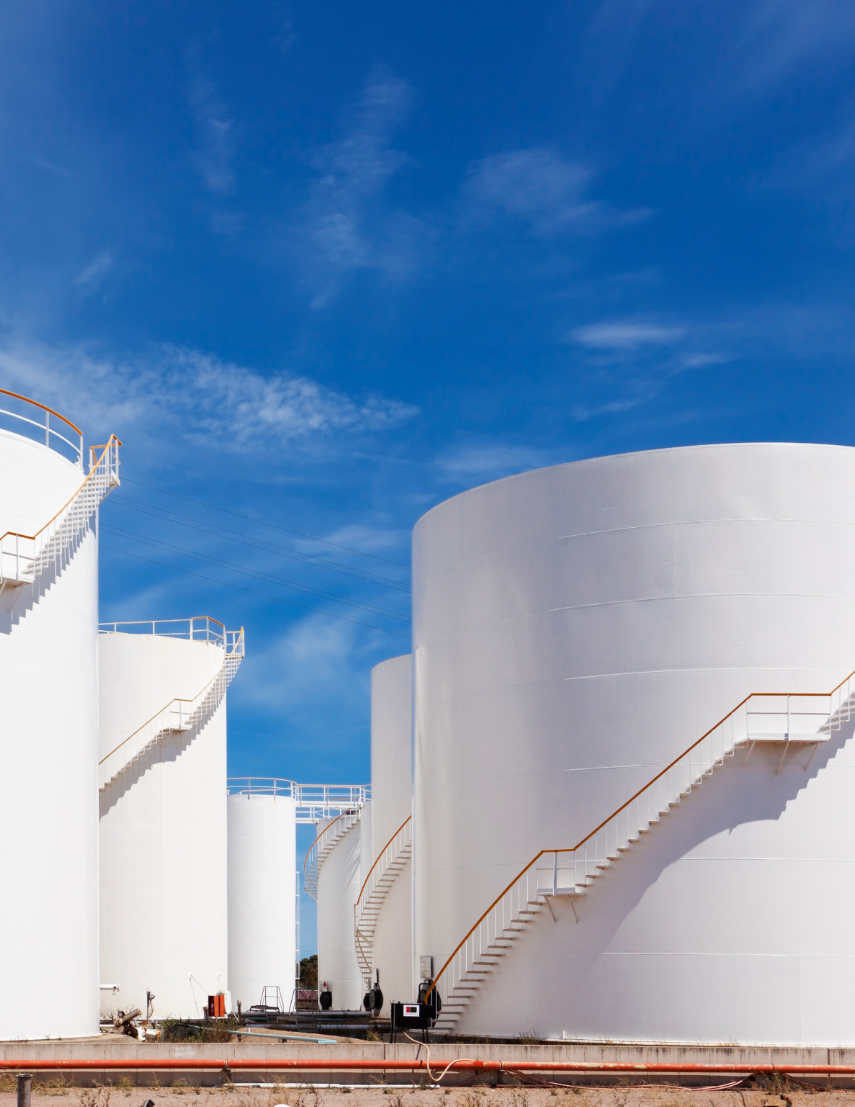
Petroleum Storage Tank (PST) Removal
Using science-based techniques our team of hydrogeologists, geotechnical, civil, and environmental engineers will analyze the occurrence, distribution, and movement of contaminants in water both on and below the earth’s surface.

Phase I and Phase II ESAs

Correspondence with the proper regulatory agencies

Budgeting and tendering of UST and AST removal projects

The supervision and retaining of contractors for the work

Confirmatory and closure (soil and groundwater) sampling

Ongoing soil and groundwater monitoring

Environmental and human health risk assessments

Design, monitoring, and closure sampling of soil landfarming sites
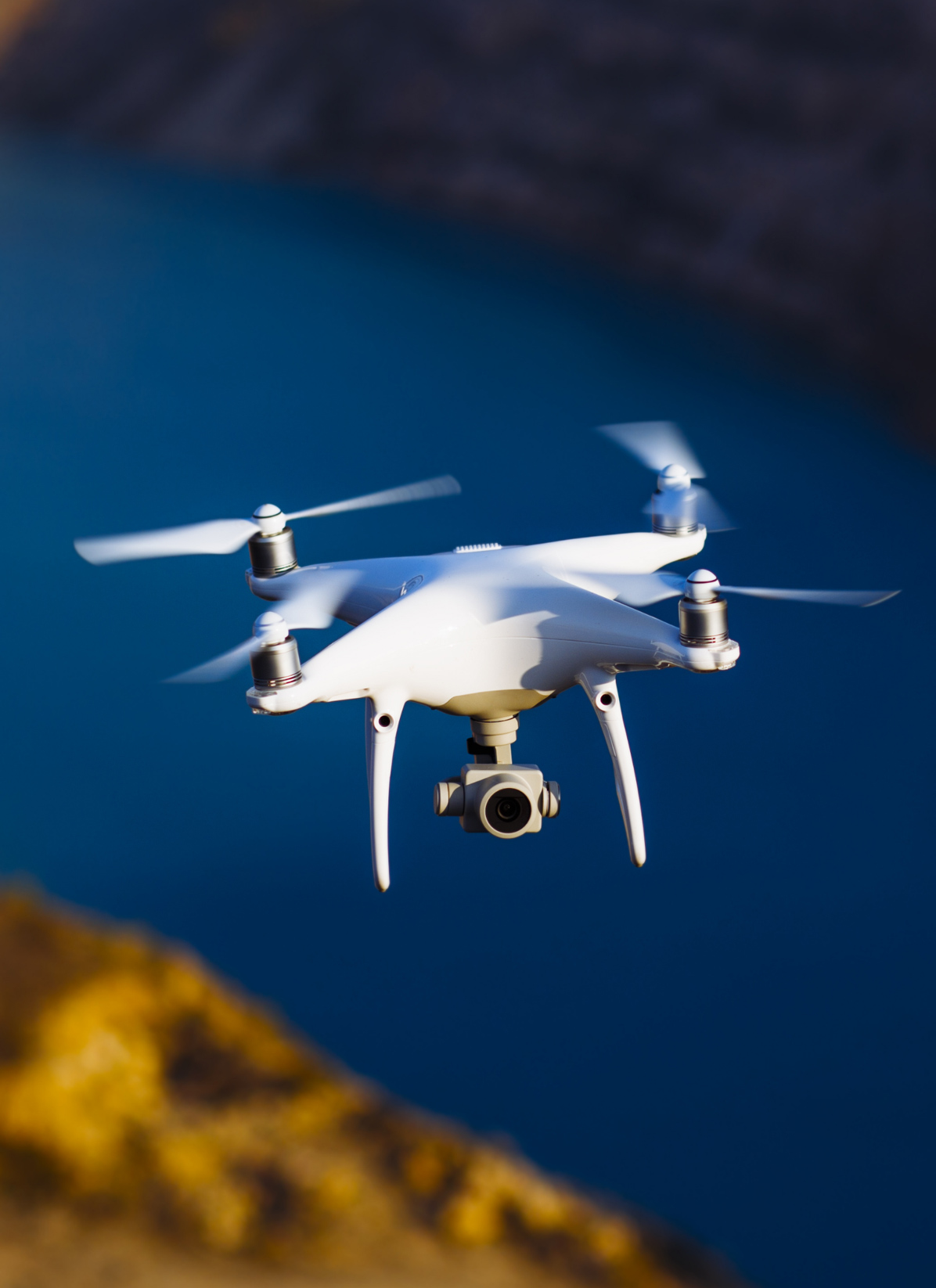
UAV/Drone Deployment
Nichols uses drones to enhance project delivery for our clients, including those in the agricultural, mining, and environmental and civil engineering sectors. Data acquired using drones (UAVs) can aid in a multitude of different environmental monitoring and assessment projects, including:
01
Large property environmental site assessments (ESAs)
02
Stormwater management
03
Remediation monitoring
04
Spill assessments and receptor identification
05
Monitoring earthwork progress
06
Updated aerial photographs of facilities
UAVs can reach difficult and sensitive terrains in a non-invasive manner. Advantages of UAVs include:
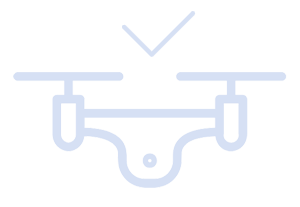
Providing a more complete picture of your site, reducing the number of hours it would take if you were to only gather the intel on the ground

UAV photography is more economical for larger properties and remote areas

Providing real-time photography or video of a spill on a site

Allowing an environmental professional to access more of the site in a shorter time, with less hazard and/or potential exposure
We’ve adopted this technology to add value to our projects and clients. This service is always completed in addition to the on-site inspection.
Request a Phase I ESA Quote
A Phase I Environmental Site Assessment is typically recommended, and occasionally required, during property transactions, financing or re-financing, or when entering into a lease contract.
